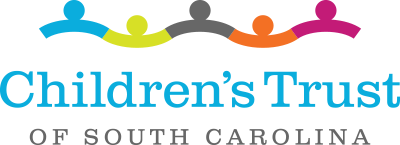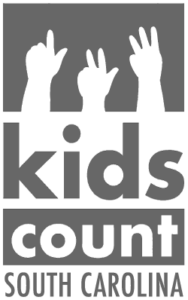(The Post and Courier) – South Carolina ranked in the 30s for the first time in a widely accepted report that evaluates children’s wellness by state. At 39, the state’s score in KIDS COUNT, released by the Annie E. Casey Foundation, is the best it’s ever been. South Carolina has gradually improved its standing compared to other states.
Still, South Carolina’s position is tenuous, said Sue Williams, chief executive officer of the Children’s Trust of South Carolina.
Proposals to cut funding to Medicaid, the health insurance program for the low-income population, could jeopardize children’s health in the state, she said.
“I think we’ll struggle,” Williams said. “I think we would see some significant backsliding.”
More than half of the state’s rural children are now on Medicaid, according to a study from Georgetown University published in June. About 636,000 South Carolina children were enrolled in Medicaid in March, according to the Kaiser Family Foundation.
President Donald Trump’s proposed budget would cut about $800 billion from Medicaid during the next decade.
The number of children in the state without health insurance fell from 9 percent to 4 percent between 2010 and 2015. The study’s authors attributed the improvement in part to the effects of the Affordable Care Act.
“Near-universal health insurance coverage for children represents an undeniable success for public investment,” the authors wrote.
Shelli Quenga, director of programs for the Palmetto Project, a wide-reaching nonprofit that works in education and children’s health, said more children are insured because a greater number are enrolled in Medicaid.
She said the state has made an effort recently to seek out children without health insurance and enroll them in Medicaid. Quenga said registering for the program has also become easier for families.
The remaining 4 percent of children who are uninsured are likely to be near-impossible to reach, Quenga said.
“This is probably the best that we could expect to do,” she said.
The Annie E. Casey Foundation studies 16 measures, including economic well-being, health care, education, and family and community issues. States are evaluated in each area and given an overall rank. Many of the states that score poorly are in the South. This year, Mississippi fared the worst while New Hampshire earned the top spot.
Williams said this year’s ranking gives plenty of reasons to be optimistic. She pointed to economic growth as a driving factor for children’s improved well-being. The report showed parents across the state have secure employment more often when compared to past years.
Teens gave birth less often, probably because birth control has become more accessible, Quenga said.
When it comes to education, South Carolina children still struggle, the report showed. Two-thirds of fourth graders are not proficient in reading and three-quarters of eighth graders are not proficient in math. Fourteen percent of children live in high-poverty areas, a statistic that remained unchanged from prior years.
Education can improve only if children are healthy enough to attend school, Quenga said, and any threats to children’s health insurance could put the state’s improvements at risk.
“We’re at risk of losing those gains that we’ve made,” she said. “You can see that bleeding over into education.”





